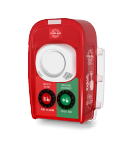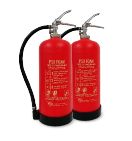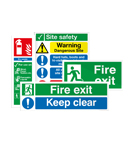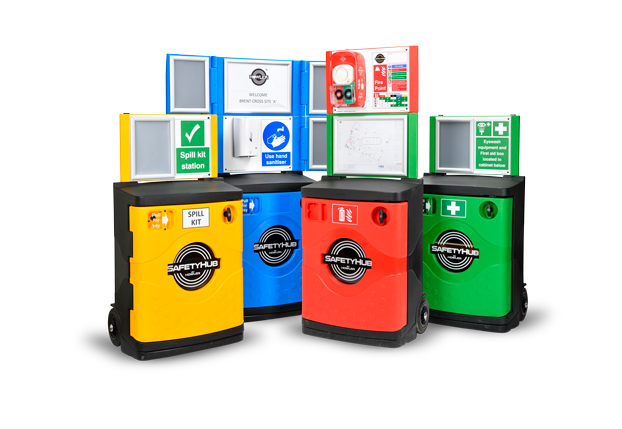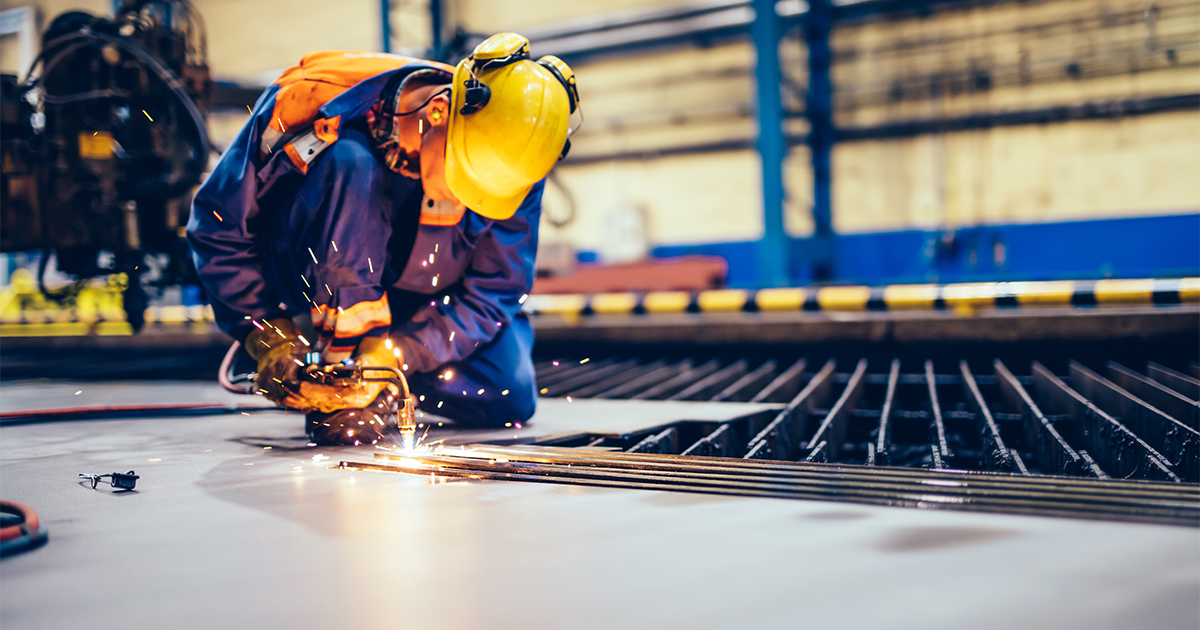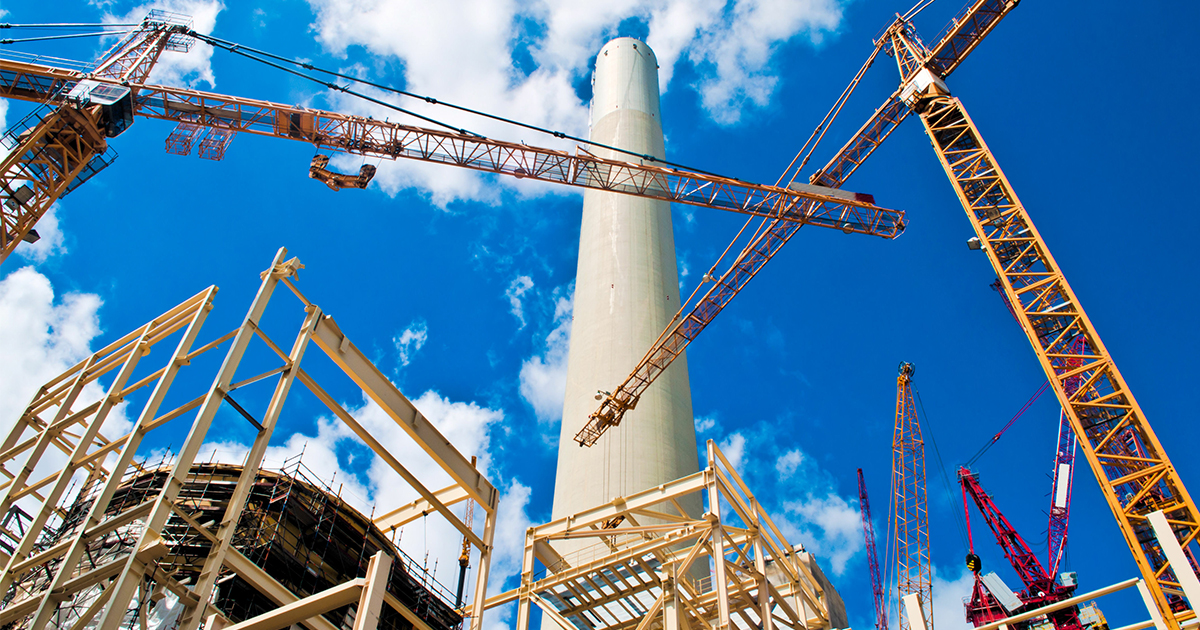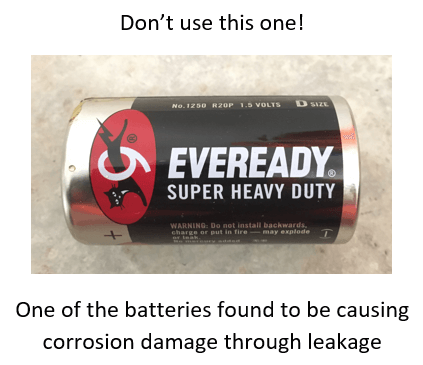In addition to the usual fire risks, many construction sites will have extra risks from time to time. These all need to be taken into account in the FRA, and the first article in our guide to the basic requirements for these types of risks is shown below. Remember, for detailed guidance, please refer to the FPA’s JCoP on Fire Prevention on Construction Sites and the HSE guide to Fire Safety in Construction documents – we cannot hope to provide a comprehensive overview in just one page!
Acetylene
- This is a flammable gas that can become unstable if exposed to high temperatures or pressures which can result in severe fire and explosion. If this occurs there should be a 200m ‘safe zone’ in which the area should be evacuated, and cylinders should be left for up to 24 hours before being moved. This has significant implications on the programme of construction sites and businesses working in the area.
- The use of acetylene should be eliminated where possible, but where it is absolutely necessary, the number of spare cylinders on site should be kept to a bare minimum
- The cylinder should only be in the workplace when being used – it must be returned to the safe storage area immediately after use
- Cylinders should not be stored on site any longer than is needed to complete the work
Hot Works
- Methods other than hot works should be used wherever possible. Where there is no alternative method, hot work should be carried out in a dedicated area away from the main area of work or where materials are stored
- You must have a hot works permit in order to carry out hot works. You cannot have a ‘blanket’ permit: it must be for specific activities in certain locations. The permit should be signed off at the end of each hot works session
- Before the hot works start, the area must be cleared of all burnable material, and if working next to a wall or partition, the area the other side must be cleared of all burnable material as well
- There must be at least two appropriate extinguishers present
- Any burnable material or wooden flooring that cannot be moved, must be covered by sand or another fire proof material
- The work area must be suitably screened using correct materials
- All equipment and hoses must be subject to an inspection before use, and must be in good condition and set-up & used within the manufacturers guidelines. A flashback arrestor should be fitted
- All gas cylinders must be stored securely by straps or chains, upright and ideally on a trolley designed specifically for the cylinders. The regulator fitted shouldn’t be more than 5 years old
- The work must only be carried out under the supervision of a trained and competent person
- Where tar boilers are used, they must be placed at ground level, unless a risk assessment shows that it is safer not to
- There are various precautions that should be taken when using tar boilers, including the provision of two appropriate fire extinguishers in the near vicinity
- Any area that is specified for hot work must be subject to a fire watch
- In all circumstances, a fire watch must happen for 30 minutes after the hot work has finished, and further checks be made at regular intervals up to 60 minutes before the permit can be signed off. In high risk areas, a fire watch must happen for at least 60 minutes after the work has finished before the work permit can be signed off
- When hot work has been done in or adjacent to a timber framed building, fire checks must be done for at least 60 minutes, and checked at intervals up to 2 hours after the work has stopped before the permit can be signed off
